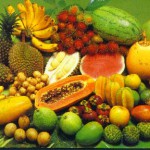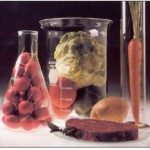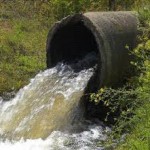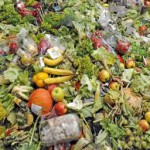Food Labelling Law to Go to Public Consultation
In recent weeks clean food advocates have been alerted to the threat of changes to the requirement for labelling of irradiated and GMO foods. We have now received information from the Legislative and Governance Forum on Food Regulation Secretariat that changes to labelling will go to a public consultation and be handled by Food Standards Australia and New Zealand, rather than be at ministerial discretion.
The Blewett Labelling Review (2011) made recommendations to FSANZ:
“That as a general principle all foods or ingredients that have been processed by new technologies (i.e., all technologies that trigger pre-market food safety assessments) be required to be labelled for 30 years from the time of their introduction into the human food chain; the application of this principle to be based on scientific evidence of direct impact on, or modification of, the food/ingredient to be consumed. (Recommendation 28).”
BUT
“Recommendation 34: That the requirement for mandatory labelling of irradiated food be reviewed.”
We expect that the review will take these flawed and contradictory recommendations into consideration. The final feport – Labelling Logic was publicly released in 2011.
However, this is good news for public transparency and democratic process, giving concerned citizens the right to voice their objections to a relaxing of labelling. We expect to hear an announcement of the consultation process in the next six months.
Subscribe to our Facebook page http://www.facebook.com/notofoodirradiation or visit this site to keep up to date on developments.









